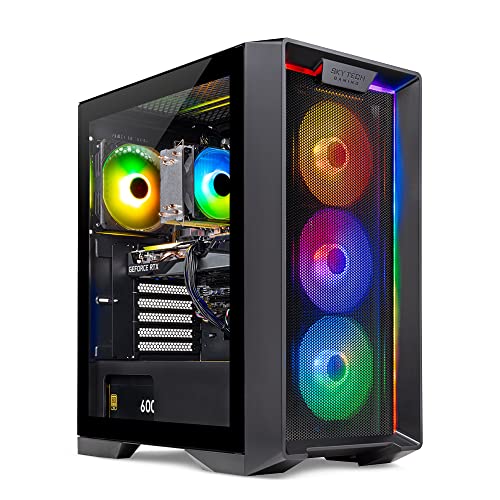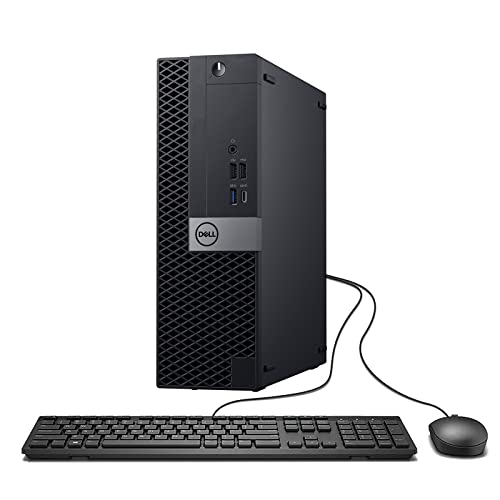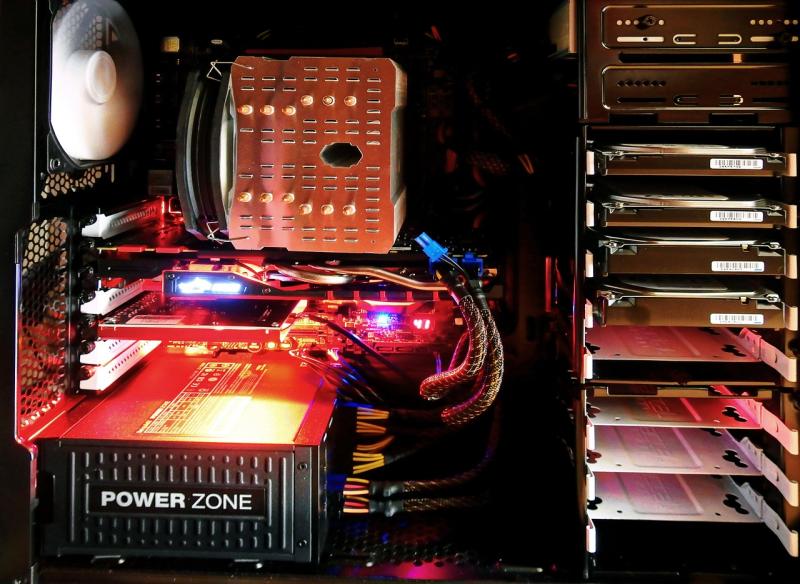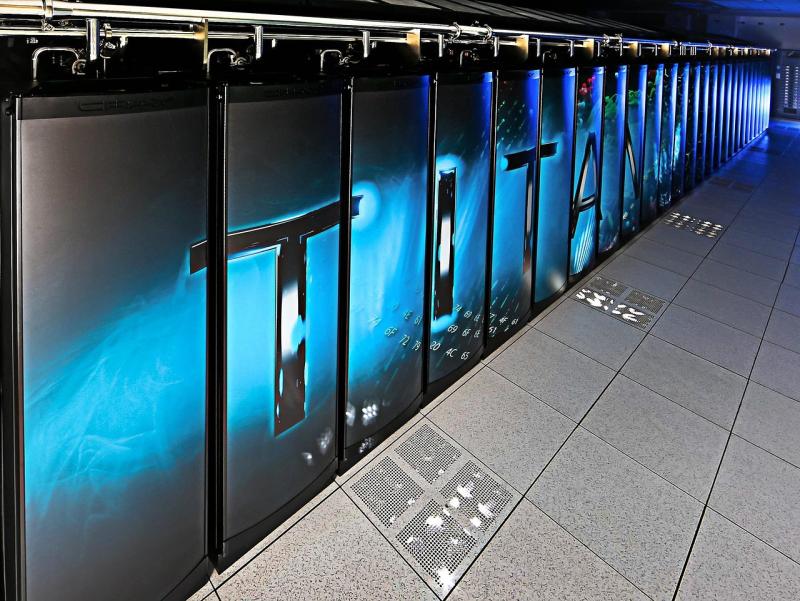Cloud-based performance management systems enable high‑performance PCs to extend their capabilities through real‑time monitoring, data analysis, and remote management. By leveraging cloud services, users can optimize system settings and anticipate maintenance needs without disrupting workflow.
- Use cloud‑based monitoring tools to track hardware metrics like temperature, power consumption, and CPU/GPU usage remotely.
- Implement automated alerts and performance dashboards to visualize system health and detect anomalies.
- Integrate cloud backup and remote management solutions to streamline troubleshooting and ensure system redundancy.
- Regularly update cloud-connected management software to take advantage of performance upgrades and new features.
Harnessing cloud‑based performance management streamlines the monitoring and maintenance of high‑performance PCs. By embracing these tools, you can enhance system responsiveness, reduce downtime, and maintain a future‑proof infrastructure.
Cloud Performance Management: Elevate Your High-Performance PC with Remote Monitoring
Cloud-based performance management systems empower high-performance PCs through real-time remote monitoring, advanced data analysis, and seamless cloud integration. Optimize system metrics, anticipate maintenance needs, and maintain peak PC performance without disrupting your workflow.
Why Cloud Performance Management Matters
Integrating cloud services into your high-performance PC setup offers:
- 24/7 Remote Monitoring: Track system metrics—temperature, power draw, CPU/GPU usage—from anywhere.
- Proactive Maintenance: Anticipate hardware failures and schedule service before downtime.
- Scalable Analysis: Aggregate data across multiple PCs for trend analysis and capacity planning.
- Minimal Disruption: Apply configuration changes or updates remotely without interrupting ongoing tasks.
1. Cloud-Based Monitoring Tools
Choose solutions that expose critical system metrics via secure dashboards and APIs.
- Agent-Based Monitors: Lightweight software runs locally, pushes data to the cloud.
- Agentless Solutions: Query SNMP, WMI, or IPMI endpoints from cloud servers.
- Edge Gateways: Consolidate metrics from multiple PCs into a single cloud stream.
Key metrics to track:
| Metric | Importance | Threshold Example |
|---|---|---|
| CPU Temperature | Prevents throttling | > 85 °C alerts |
| GPU Utilization | Ensures balanced load | > 95% sustained usage |
| Power Consumption | Detects inefficiencies | > 350 W per machine |
| Memory Usage | Avoids out-of-memory | > 90% RAM |
2. Performance Dashboards & Visualization
Visual dashboards transform raw data into actionable insights:
- Time-Series Graphs: Track how metrics evolve over hours or days.
- Heatmaps: Identify hotspots across racks or clusters.
- Custom Widgets: Combine CPU, GPU, and network metrics in unified views.
- Trend Analysis: Forecast future load and plan hardware upgrades.
3. Automated Alerts & Anomaly Detection
Set up rules and thresholds to receive instant notifications via email, SMS, or chat:
- Threshold Alerts: Trigger when a metric crosses a defined limit.
- Anomaly Detection: Leverage machine learning to detect unusual patterns.
- Escalation Policies: Multi-tier alerting ensures critical issues are addressed promptly.
Automated alerts reduce mean time to resolution (MTTR) and keep your PC performance optimal.
4. Cloud Backup & Remote Management
Integrate cloud backup and management tools to streamline recovery and troubleshooting:
- Automated Snapshots: Schedule daily backups of system images and configuration files.
- Remote Command Execution: Deploy patches, run diagnostics, or reboot systems via cloud console.
- Access Control: Role-based permissions safeguard critical operations.
- Redundancy: Geographic distribution ensures backups remain accessible during outages.
5. Implementation Best Practices
- Security First: Encrypt data in transit and at rest; enable multi-factor authentication.
- Scalable Architecture: Use microservices and auto-scaling to handle growing load.
- Cost Management: Monitor cloud usage and set spending alerts to avoid surprises.
- Regular Updates: Keep agents and cloud management software current for new features.
6. Real-World Case Studies
- Esports Training Labs: Remote monitoring of GPU clusters ensures peak performance during tournaments.
- Content Creation Studios: Automated alerts prevent rendering delays by detecting thermal issues early.
- Scientific Research Racks: Cloud dashboards aggregate metrics from dozens of nodes for trend analysis.
7. Recommended Cloud Monitoring Platforms
- AWS CloudWatch: Native integration for EC2 GPU instances and Systems Manager.
- Azure Monitor: Comprehensive telemetry for on-prem and cloud machines.
- Google Cloud Monitoring: Custom dashboards, alerts, and logs in a unified console.
- Grafana + Prometheus: Open-source solution with flexible visualization and alerting.
Conclusion & Next Steps
Cloud-based performance management transforms how you monitor and maintain high-performance PCs. By leveraging remote monitoring, real-time dashboards, automated alerts, and cloud backup, you enhance responsiveness, reduce downtime, and build a future-proof infrastructure.







